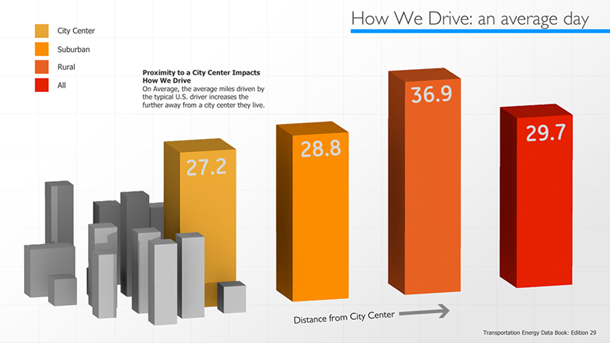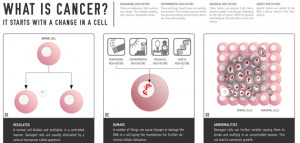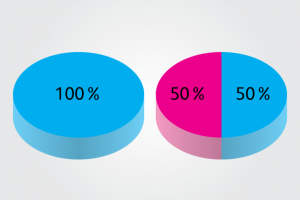When visualization is done poorly, it often can read as propaganda. There is an important trust relationship between visualizer and viewer, and poorly done visualizations can damage that trust. If you add in obvious financial motivation or conflicts of interest, people lose trust even faster, and the visualizations intended to convey information end up conveying dishonesty and hidden intentions. One example is the Electric Vehicle page from the General Electric blog. To be fair, this page is getting rather old, as is the data used, and it is possible that someone at GE forgot about it. It is also fair to say that as long as the page is up, GE agrees with the message that it conveys. First, let’s examine motivation. GE is a huge corporation that does lots of things across many industries. Like all large companies, GE is constantly looking to expand into new areas, and one of those areas for potential expansion is likely electric vehicles. At Visual.ly, we have no problems with electric vehicles, we are excited about the cleaner future they may bring us. We have no problems with GE, either, or any of the company’s many, many products. What we do have a problem with is companies using poor visualizations to promote their interests. 



Poor Visualization Can Do More Harm Than Good


Subscribe to our blog
Sign up to receive Rock Content blog posts
Related Posts
From Meta to Cara: Where Artists Reclaim Their Creative Freedom

Health Data Visualization Contest Winners
July 31, 2012

How Micromarketing Can Be the Key to Your Company’s Success
August 14, 2021

Datylon Gives Designers Access to D3.js in Adobe Illustrator
February 20, 2015

Order badass content with WriterAccess. Just as we do.
Find +15,000 skilled freelance writers, editors, content strategists, translators, designers and more for hire.
Want to receive more brilliant content like this for free?
Sign up to receive our content by email and be a member of the Rock Content Community!
Talk to an expert and enhance your company’s marketing results.
Rock Content offers solutions for producing high-quality content, increasing organic traffic, building interactive experiences, and improving conversions that will transform the outcomes of your company or agency. Let’s talk.

